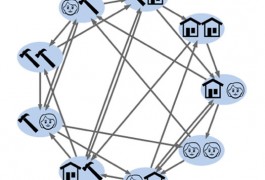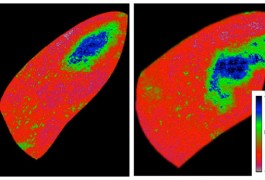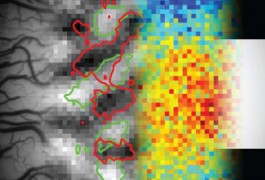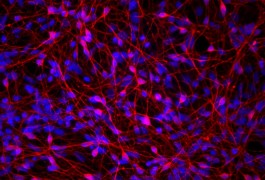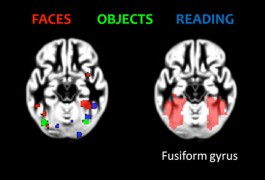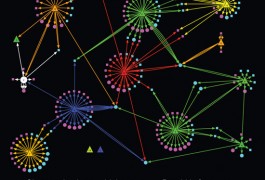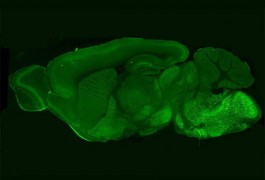Complex mathematics simplifies brain imaging
A complex mathematical technique can improve the sensitivity of experiments that rely on brain imaging, allowing researchers to study how the brain responds to sequences of stimuli, according to a study published in the June issue of NeuroImage.
